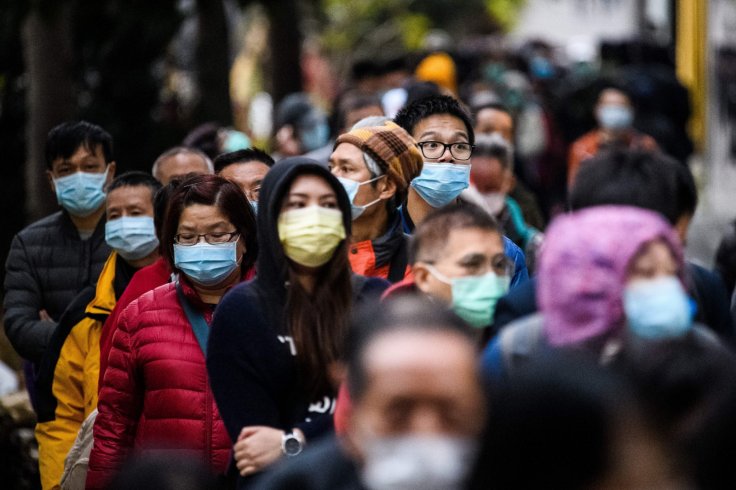Tents got erected in a school gym in Anseong, which is a South Korean city providing shelter on Wednesday for few families among over 1,000 people made homeless by the landslides and floods caused due to the longest period of rain in seven years.
At least 15 people got killed and over 1,500 were forced to vacate their homes during the 43 consecutive days of rains, though a few hundred of them have managed to go back.
Sitting at the Anseong shelter, which housed 33 people as of Wednesday, 83-year-old Kwon Cha-soon's eyes filled with tears as she described losing everything to a landslide. "There isn't a single plate ... It's an empty house," she said. "All my pots and garlic jars have been swept away."
Floods and COVID-19 in South Korea

More than 1,146 people remained in temporary shelters set up in gyms and community centers as of Wednesday, the Ministry of the Interior and Safety said, with measures implemented at the facilities to prevent the spread of the coronavirus. As a precaution against the shelters becoming coronavirus hotspots, officials at the school in Anseong, a city of 190,000 people 80 kilometers (50 miles) south of Seoul, erected tents and placed them slightly apart to encourage social distancing.
Relief workers checked people's temperatures and screened for any COVID-19 symptoms, and displaced residents were asked to wear masks and wash their hands. "I was a bit concerned about the coronavirus, but there is no alternative given the situation," said Kim Soo-goon, whose home was filled with debris and mud following a landslide.
South Korea has reported 14,456 coronavirus cases, including 33 new cases as of midnight on Tuesday, with 302 deaths. Prime Minister Chung Sye-kyun called for the health ministry to declare three provinces in northern South Korea as special disaster zones, which would entitle them to receive additional aid. In neighboring North Korea, state media warned of "torrential" rain, possible flooding, and high winds and waves.
While the reports did not mention any specific damage, this year's heavy rains come during the summer harvest season, raising concerns about food security. The rain appears to be hitting some of the major rice-growing areas of North Korea, said Choi Yong-ho, research fellow at the Korea Rural Economic Institute in Seoul. "This flooding will have a negative impact for North Korea's food supply," he said.
(With agency inputs)









